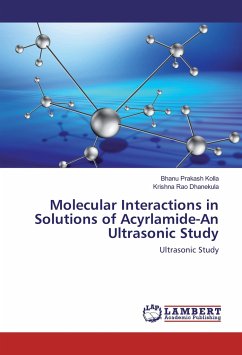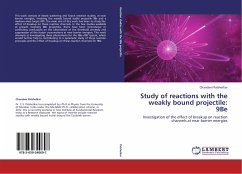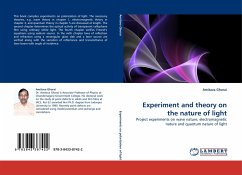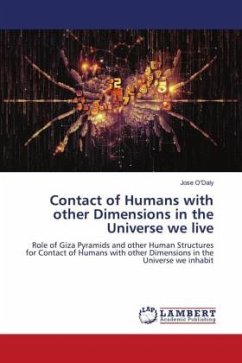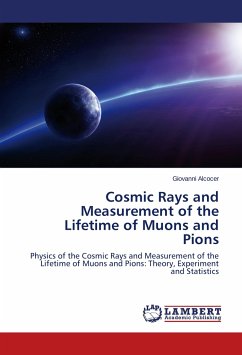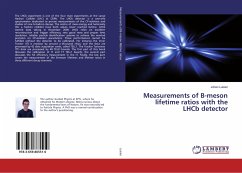
Neutrino Velocity Measurement with the OPERA Experiment
Time of Flight Measurement with the CNGS Neutrino Beam
Versandkostenfrei!
Versandfertig in 6-10 Tagen
39,99 €
inkl. MwSt.

PAYBACK Punkte
20 °P sammeln!
Man-made neutrino beams are the ideal environment to perform the neutrino velocity measurement in a controlled way and long baseline experiments allow to use long distances increasing the sensitivity to tiny deviations of the neutrino velocity with respect to the speed of light. Terrestrial neutrino beams can be then used to investigate theoretical models that allow for Lorentz violating effects. The OPERA experiment observes neutrinos 730 km away from the source, with very good sensitivity thanks to the high number of interactions in the detector and thanks to a sophisticated timing system, c...
Man-made neutrino beams are the ideal environment to perform the neutrino velocity measurement in a controlled way and long baseline experiments allow to use long distances increasing the sensitivity to tiny deviations of the neutrino velocity with respect to the speed of light. Terrestrial neutrino beams can be then used to investigate theoretical models that allow for Lorentz violating effects. The OPERA experiment observes neutrinos 730 km away from the source, with very good sensitivity thanks to the high number of interactions in the detector and thanks to a sophisticated timing system, composed by atomic cesium clocks and GPS receivers operating in common view mode : a time-transfer between the two sites with a precision at the level of the ns is possible. The internal time structure of the proton pulses sent to the CNGS target was measured with a Fast Waveform Digitizer installed along the proton beam line at CERN. The result on the neutrino velocity presented, although preliminary, was the most precise measurement until 2011 with terrestrial neutrino beams: the associated time-of-flight statistical uncertainty is about 10 ns and the systematic one is smaller than 20 ns.




